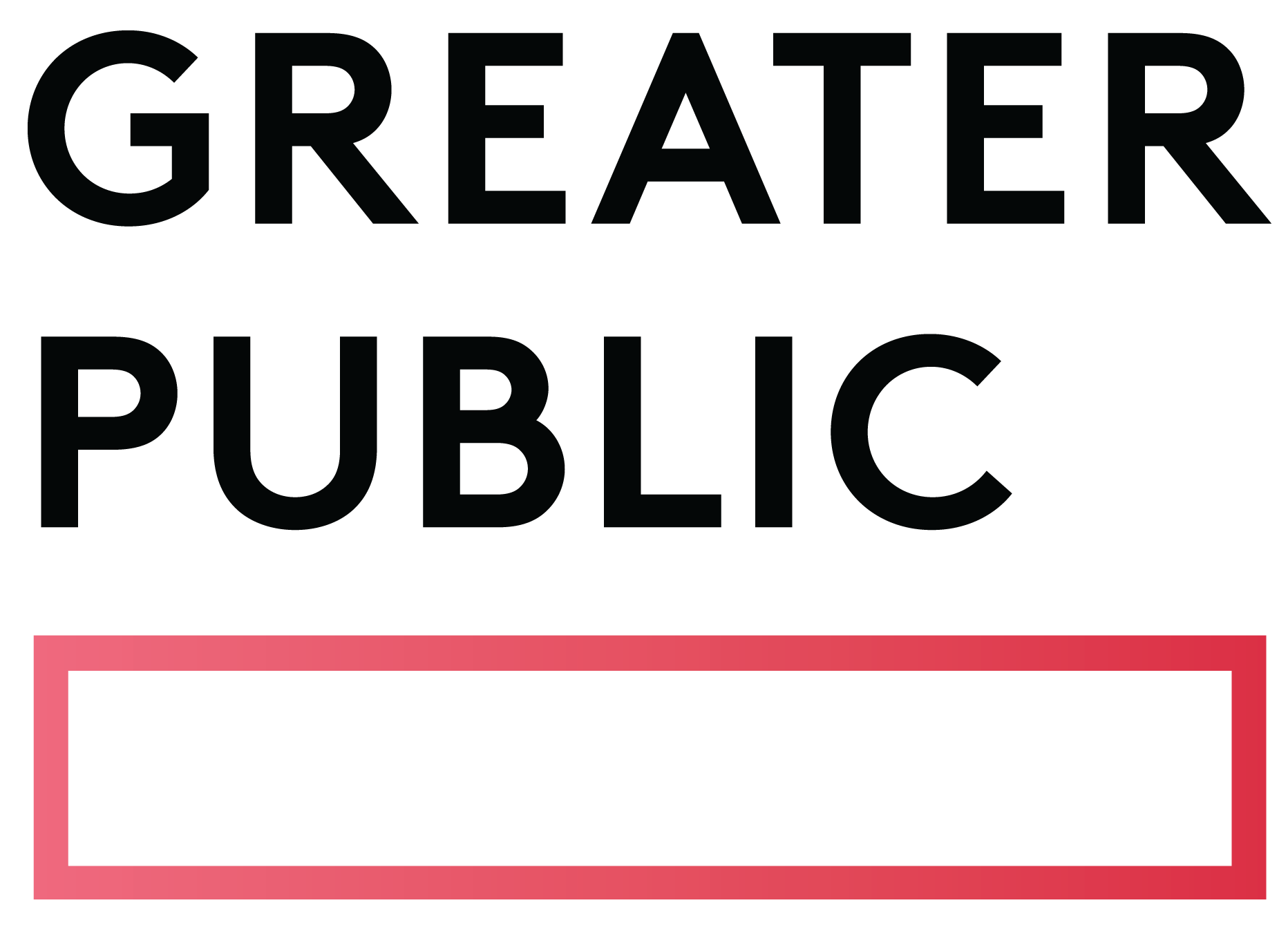Related Articles
Subscribe to the Greater Public newsletter to stay updated.
This site is protected by reCAPTCHA and the Google Privacy Policy and Terms of Service apply.

In July of this year, Greater Public, SRG, and PRPD released two decisive reports: Public Radio Meta-Analysis: A Curation of Insights and Best Practices Concerning the Landscape of Public Radio and Public Radio Playbook: Tactics and Strategies based on Recent Research and a Research Curriculum for the Future of Public Radio. The Meta-Analysis is a collaborative summary of findings from public radio research studies commissioned between 2019 and 2023. It was our goal to consolidate these learnings in order to examine clear, recurring themes that persist across research studies over time. The Meta-Analysis offers a definitive look at what audiences think about public radio content, the role public radio plays in their lives, and identifies gaps that exist in current research. The Playbook outlines strategies and tactics that public radio organizations should consider in response to this data.
The findings and recommendations generated by the Meta-Analysis and Playbook are not new, but this synthesized result from 26 research studies from the years 2019-2023 is sobering. (Watch this video to learn more about the reports.)
Public radio news is losing audience and brand equity. Younger audiences are aware of the brand but perceive it is not made for them. Listeners across multiple demographics find public radio news to be boring and lacking in energy, leading them to migrate to podcasts for deeper exploration of topics and on-demand convenience. Younger listeners seek music stations that introduce them to new artists and are hyper-connected to their local music scene, and they dismiss stations that replay songs excessively or appear too mainstream.
These findings bring into sharper focus public radio’s growing struggles with tone and relevance as audiences’ needs and preferences have changed over time. Most notably, the producer/newsroom-driven model of public radio news has lost its relevance with audiences. Our attempts to cling to familiar best practices that are rooted in that model are no longer valid. If public radio is to survive, each of our organizations must accelerate our move toward a community-centric vision for our public service. This is a call for change that can’t be ignored.
It’s time for public radio organizations to rise to the challenge in ways we have not yet tried. So many of our organizations have started experiments that point the way forward: We’re designing more content without a single platform in mind. We’ve begun work to listen to and partner with communities we’ve long underserved. We’re integrating our work across internal divisions while elevating audience needs and experience. Now is the time to accelerate the pace of these experiments and to develop innovative products and solutions aimed at audience development. What’s heartening is that this call to action won’t be limited by the size or budget of any organization. From large institutions to small community stations, there’s capacity to experiment within this new vision in ways that deeply serve our unique audiences.
Equally inspiring is that we believe the answers to the future sustainability of public radio exist within our organizations right now. There are staff with the vision and ideas we need to build a community-focused public service. These staff, however, are unlikely to be in positions of leadership, they’re likely to see their identities and futures outside of this industry and, as a result, they’re unlikely to stay long in our organizations.
A crucial question we must ask ourselves is: How are we listening to and empowering the younger and more diverse voices within our organizations? It’s not enough to acknowledge their presence; we must actively engage them and foster an environment where their ideas can thrive. And to those younger and more diverse voices reading this: We see you. We are grateful for your ideas and enthusiasm and we want to support your success in this industry. Stay in touch with us and we’ll create communities of practice and share your ideas around the system.
The time for change is now, and it’s up to each one of us, regardless of our organization’s size or budget, to be the catalysts of this transformation. As we listen to and empower the voices of the future, we can ensure that public radio not only survives but thrives in an ever-evolving media landscape. The power to shape the future of public radio is in our hands; let’s embrace it with confidence and determination.
View these related member resources and more with a Greater Public membership:
This site is protected by reCAPTCHA and the Google Privacy Policy and Terms of Service apply.
New to Greater Public? Create an account.


